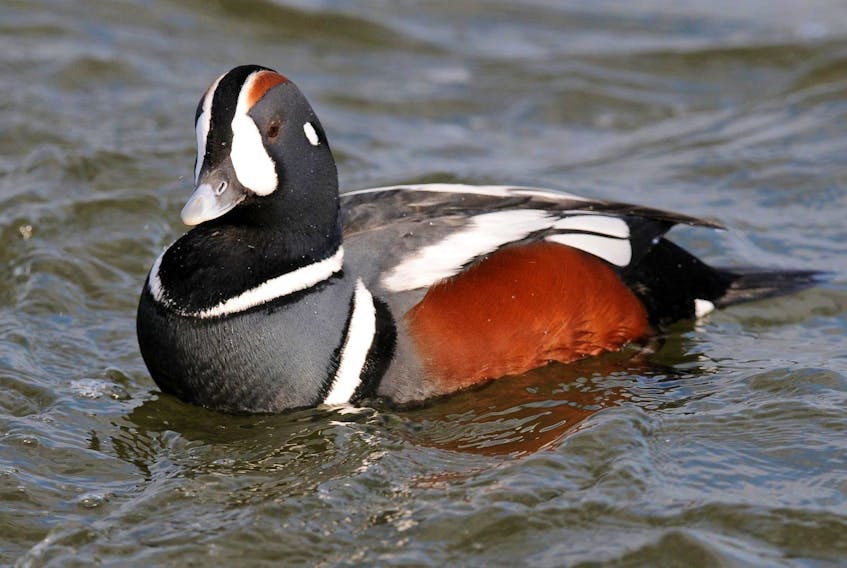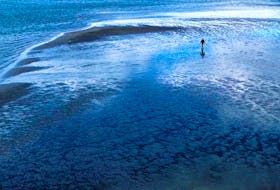A conservation achievement announced Friday is good news for birds and bird lovers, the Nova Scotia Nature Trust says.
The Nature Trust has acquired 260 hectares of land on Seal Island, off the southwestern tip of the province.
In a news release, the Nature Trust said the remote island is known for its vast numbers of birds, variety of species and rarities and said its protection is welcome news amidst plummeting migratory bird populations across the planet.
“Protecting Seal Island, one of the most important islands for migratory birds in Atlantic Canada, is a major win for bird conservation and recovery,” Nature Trust executive director Bonnie Sutherland said in the release.
The news was celebrated Friday evening at a community event in Clark’s Harbour on Cape Sable Island — a traditional jumping-off point for reaching Seal Island.
The Seal Island Conservation Lands, encompassing nearly 80 per cent of the island, had been threatened by private development, which would have devastated the natural habitats and the birds they support and ended traditional use of much of the island, the Nature Trust said.
Located 32 kilometres off the coast, Seal Island features a diversity of habitats, from stunted, mossy forest, salt marsh, bog and barachois pond to rocky shore, sandy beach and grass dunes.
This diversity, its isolation from the mainland and major human impacts, and location in the flight path of countless migratory birds all contribute to its significance for birds and bird conservation, the Nature Trust said.
More than 330 species of birds have been recorded on Seal Island. Recorded species include over 20 nationally and provincially designated bird species at risk, such as the roseate tern, Harlequin duck, Canada warbler, rusty blackbird, red knot and barn swallow.
Located strategically on a major migration path called the Atlantic Flyway, the island acts like a migrant trap, drawing in birds from across a vast swath of ocean and providing a critical refuge for them to refuel and replenish for their long journeys.
The Nature Trust said “astounding” numbers of birds have been recorded on Seal Island, including single-day reports of 5,000 American robins, 1,100 white-throated sparrows, 1,000 palm warblers and 500 raptors.
Seal Island also provides refuge for exotic birds blown far off course during storms.
Protecting the island from private development also preserves its rich history and culture, the Nature Trust said. Although year-round habitation ended in the 1990s, it is still used seasonally by fishermen, birders and local families who have been connected to the island for generations.
The Nature Trust said Seal Island was acquired with the financial support of the federal Department of Environment and Climate Change, the Nova Scotia Crown Share Land Legacy Trust and many generous families and individuals.









